Dear Twitter,
I have always loved you and I always will. As I sit here writing this, I can’t help but think how excited I am about our future.
Everyone is saying #RIPTwitter, but I still believe in you. And I’ll tell you why, starting with where you started and why you succeeded.
The Launch of Twitter: The Internet’s Cocktail Party
Launched in July of 2006, Twitter was a platform that experienced consistent and steady growth for many years. What made Twitter unique was the infrastructure and psychology that coincided with the rise of mobile text messaging. They hit the coveted one million user milestone and within two years a billion tweets had been sent on the platform. In 2009, when the platform was just under three years old, Nielsen put out a report stating that Twitter had grown 1,382% year-over-year.
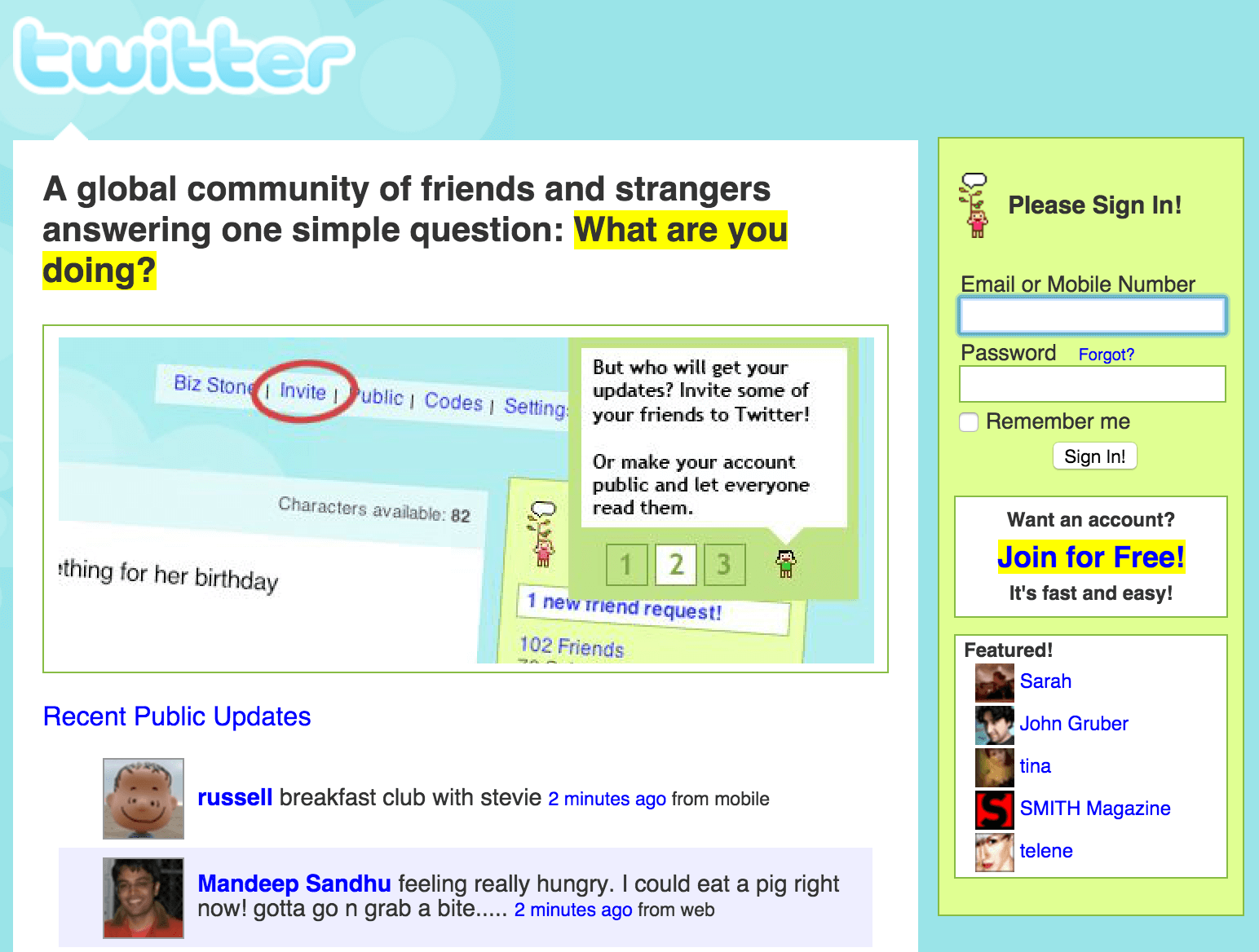
A tweet was very similar to text messaging. In fact, Twitter was one of the first mobile social media platforms. Users could set up their phone to tweet from it; send an SMS txt and the tweet would appear on your profile. Don’t forget that Twitter was launched a year before the first iPhone was released. The fact that Twitter built a product around the mobile phone culture right out of the gate is significant: it created a new social pipeline.
Despite confusion surrounding what Twitter was (the staff made a pretty bizarre video explaining its purpose), it obviously had a massive appeal to internet users.
Essentially, Twitter was a room in which you could openly jump into people’s conversations. I always called it the cocktail party of the internet. If you brought value to the conversations, you would be accepted and welcomed, instead of treated like a creep stalking around the internet. Very few places at the time on the internet acted like that (in fact, very few places still do).
You could probably make the argument that Twitter was one of the most significant things to happen to my career. While running my family wine business, I used Twitter’s search for market research and to find new customers. I could search “Santa Margherita Pinot Grigio” and find out what everyone on the platform thought about it, what they were saying, and who was looking to buy. Later, as I achieved a sort of cult fame status with my first YouTube show, WineLibraryTV, Twitter helped me grow my personal brand. It allowed me to respond to people one by one, on a personal level.
@montanatriplett nice, which Pinot Grigio
— Gary Vaynerchuk (@garyvee) September 4, 2010
A new social pipeline, the quick blogging style, the similarity to texting: all these things were great for Twitter.
But there was more, much more, that attributed to its success early on.
Three Reasons Why Businesses Use Twitter
When Twitter first launched, there were three major aspects to its functionality and culture that pointed to it becoming a great success in the world of social.
The first is something that we have always seen for every successful platform: disproportionate attention and consumption by the end users. The amount of eyeballs, you could get on one tweet compared to the trouble of sending one tweet? Insane. The ROI was solid.
Secondly, the platform itself had incredible word of mouth capabilities. If you know about business, you know that word of mouth can be one of the most effective ways to grow awareness at scale and at cost. Twitter’s retweet button was an incredible invention of a new social psychology. The idea of a “retweet” as an endorsement and as a way to “share” someone else’s content within your feed and with your followers, was relatively new (outside of blogging). Now, it’s a common thread seen across all social: share this, reblog that. But Twitter was the one that made it mainstream.
Lastly, because it was a public domain of people sharing thoughts, ideas, and opinions, it created an enormous database of consumer insights. If you were willing to sift through it, it was a goldmine to find people you or your brand were looking to connect with. Like I said above, I owe a lot of my success to Twitter. Twitter search helped me build my business and personal brand. It was enormously fruitful and helpful. And best of all, it was all free.
All these things set Twitter up for enormous user growth. The platform was criticized for feeding into an era where people mindlessly share thoughts. But, it became so much more very quickly.
When the Mars Phoenix found water on Mars in June 2008, they announced it on Twitter. It proved its effectiveness at connecting to real time cultural moments when Oreo tweeted during the Super Bowl. And maybe most significantly, it showed that it could be a place to go for real time updates on major news; tragic events like the Boston Marathon bombing and world news like Arab Spring had their first breaking moments on Twitter.
Needless to say, I had faith. I bought Twitter stock and I was excited from what I was seeing. It had strong platform usage. It was a destination for breaking news. It popularized effective platform functions.
With all these things poised in Twitter’s favor…what happened? Why is Twitter’s user acquisition at a standstill, and why are their ad products failing?
The Realization That Twitter Might Suck
Sometime in 2011, I started to notice that the content I was putting out on Twitter was not getting the attention that it used to. I went on Next Wave and talked about my concerns, about how I thought Twitter was starting to have a noise problem. Everything was down: reach, conversion, engagement.
First, I looked at myself. Was I doing something wrong? I audited my content. Then I looked at other accounts to see if there was a similar trend. I realized I was seeing the first cracks in the armor. The attention was slipping. As someone who is obsessed with day trading attention, I was very concerned. Tweets just weren’t maintaining the same engagement as they used to.
Additionally, simply not enough people were using the platform. In those first two to three years of Twitter, television, the number one attention platform at the time, was falling over itself to promote Twitter. Every newscaster on every show had their Twitter handle, the bird symbol was at the end of ads. TV promoted it far more than it promoted Facebook. And yet, the user numbers just did not reflect that. It didn’t catch on, at least not at scale.
Users on the platform started to tune out. The culture of following a lot of users had backfired and now there was too much noise on the platform and there are not enough ways to filter through it. In the same way that e-mail marketing was ruined because of sheer volume (and because marketers ruin everything), Twitter had too much—it was too loud. The value of tweeting was decreasing.
As the value for users decreased, it naturally decreased the ROI for advertisers and their clients too.The CPM on Twitter was very high and still remains one of the highest today. Too much noise meant that that disproportionate value that had made it so valuable was disappearing.
My agency,VaynerMedia, used it heavily as a community management tool in 2009 and 2010. Nearly every brand we managed was on it. As the platform evolved, I wanted us (and still want) to still be using it like that. I thought we would have to be stupid to not take advantage of all the free data, conversations, and content being created about our brands. It was, and still is, an incredible customer service tool. But the marketplace wasn’t convinced; they didn’t see the value. The noise volume was just too high. And, unfortunately, 99% of brands are only interested in pushing out content; they don’t want to use it as a listening tool.
It was a cocktail party, but nobody was really listening, just talking.
I sold half of my Twitter shares in June 26th 2014, for $41 a share. I stayed on the platform. I remained active. But I couldn’t justify the investment any more. I was concerned about where the business was going. In fact, I probably kept half my shares more out of loyalty than anything else.
So, where does Twitter go from here?

The Future of Twitter
Twitter needs leadership to evolve the product, and that is exactly what they are doing.
The two major things Twitter needs to solve for are the algorithm of the dashboard (what content shows up in your feed and why) and length of tweets. Recently, Twitter has questioned these functionalities and that’s a great sign for Twitter. Without a doubt, these changes should have come sooner. But they aren’t trying to grasp at what used to make it great; they are looking to change it drastically. When a platform can be unromantic about itself, it sets it up for a much better shot at success. Similar to when Snapchat got rid of the “hold to view” function, or how Facebook routinely shifts and evolves its newsfeed algorithm, if Twitter can move on from what used to define it and create a new space, it could have a bright future.
A great example of this is when they switched from “favoriting” a tweet with a star to “hearting” it with a heart. It felt like a small shift, but it was huge in that it was indicative of Twitter accepting that they fundamentally needed to change confusing parts of their interface.
Twitter has also done a good job in continuing to try and double down on owning real-time moments and a live experience. They introduced native video opportunities in 2014, and views and usage grew very quickly. They bought Periscope in 2015—a live streaming platform with an appealing and easy user interface. And, most recently, they introduced “Moments.” Moments is their real time news related product: it brings together all the most talked about topics of the day in one tab.
A company is only truly failing when it refuses to accept change or adapt to current situations.
Because the thing is, I think Twitter is a fantastic platform. Yes, I sold my shares. That might make you question my opinion right now. But I look at Twitter the same way you might have looked at CBS a few years ago. When you’re the fourth place network, things aren’t going great. But if you can make the right moves, the right choices, at the right time, you can become the number one network. It’s no different for platforms.
I have faith in Twitter as a platform. It’s a powerful tool for social utility and a great social network.
The exclusive cocktail party that it once was is now a water cooler of the masses.
The things that I talked about in the first part of this article still apply and are still relevant. The word of mouth. The public forum. The search features. The conversations. All these still make Twitter a very strong platform.
I believe that Twitter has enough scale and enough brand equity to succeed. It brings value to those who know how to use it well. If Jack Dorsey makes the right two to five decisions, the company could start the momentum as a product in the right direction.
They just need one big hit.

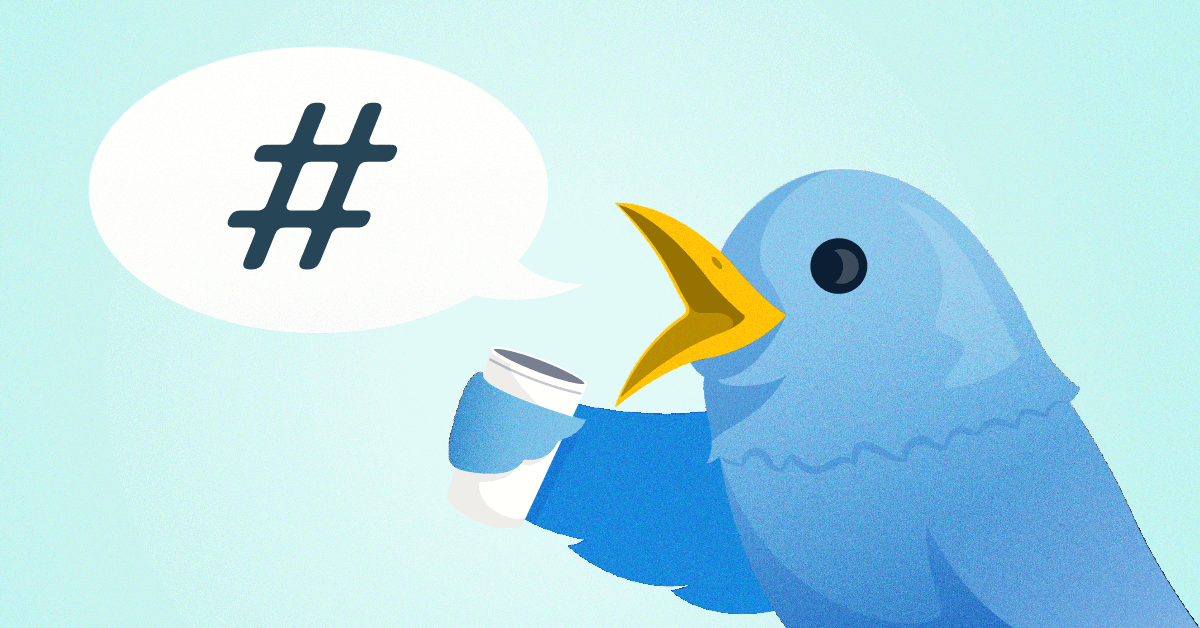


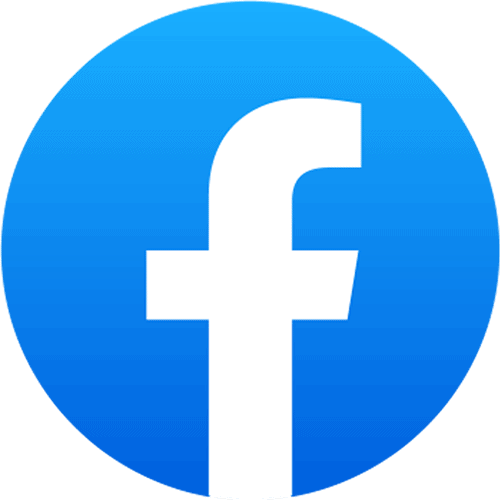
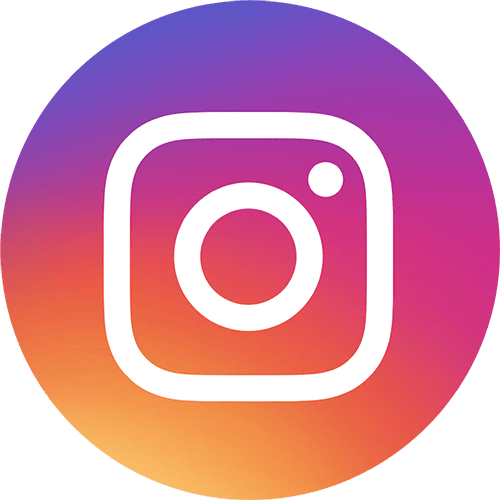
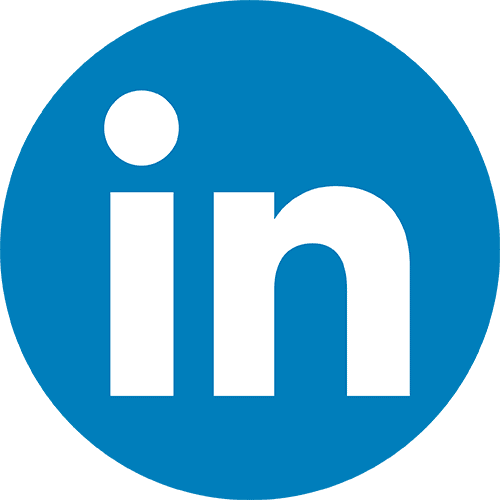
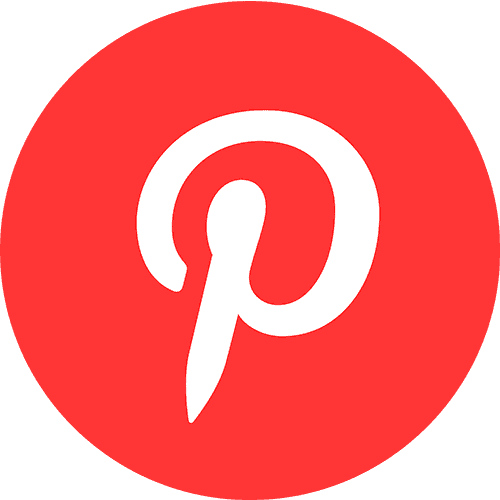

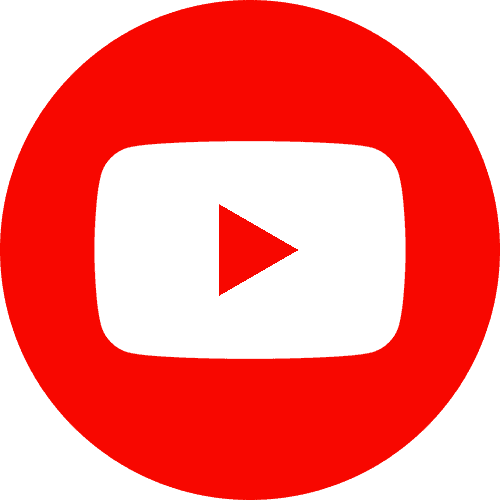
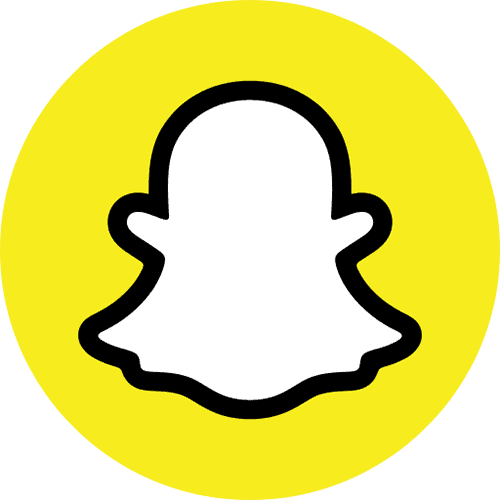
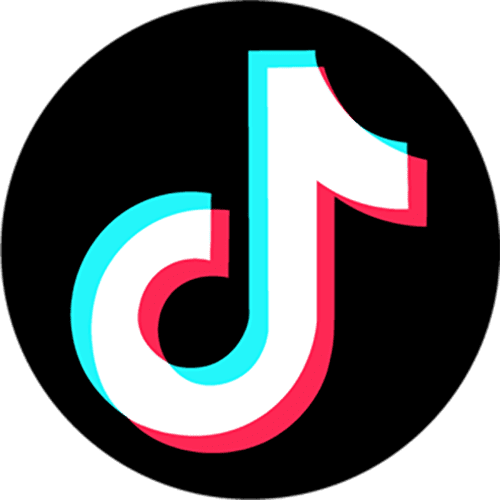
Register as a member today, get a 100% free bonus immediately. slot
No deposit and withdrawal, no minimum, fast and convenient. สล็อตออนไลน์
Full support on LINE 24 hours a day from a team ready to serve you. check
Promotion pgslot lucia Get free Just sign up as a member pgslot wm787online
lucia is a direct website that combines the famous online slot camp PGSLOT without agents. wm787online.com
This was beautiful Admin. Thank you for your reflections.
TEKO777 Layanan Permainan Online Fast Respon Terbaik di indonesia
36. Mau dapet info tambahan? Bisa cek juga di ANGTOTO.
I very delighted to find this internet site on bing, just what I was searching for as well saved to fav
Awesome! Its genuinely remarkable post, I have got much clear idea regarding from this post
For the reason that the admin of this site is working, no uncertainty very quickly it will be renowned, due to its quality contents.
Despite challenges, Twitter still holds potential like a Heidi leather jacket , it may appear worn but remains iconic, resilient, and influential. Just as timeless style finds new relevance, Twitter’s core features and real-time reach can still evolve and thrive, making its wounded wing far from a final fall.
Very well presented. Every quote was awesome and thanks for sharing the content. Keep sharing and keep motivating others.
Your posts always provide me with a new perspective and encourage me to look at things differently Thank you for broadening my horizons
I appreciate you sharing this blog post. Thanks Again. Cool.
Your writing style is so engaging and makes even the most mundane topics interesting to read Keep up the fantastic work
I very delighted to find this internet site on bing, just what I was searching for as well saved to fav
I truly appreciate your technique of writing a blog. I added it to my bookmark site list and will
Ankara Robotik Kodlama Eğitim programları öğrencilerin devam ettiği eğitim kademeleri dikkate alınarak ilkokul, ortaokul ve lise kademeleri için altı haftayı kapsayacak şekilde ayrı ayrı hazırlanmıştır. Öğrencilerimizin aldıkları eğitim ile bilimsel düşünce ve davranışlarla estetik değerleri birleştiren, üretken, sorun çözen, kendini geliştirmiş bireyler olarak yetişmeleri, yetenekleri ve yaratıcılıklarını erken yaşta fark ederek en üst düzeyde kullanmaları ve eğitim deneyimleri doğrultusunda farklı beceriler edinmelerini sunuyoruz.
hello sir
Профессиональный сервисный центр по ремонту техники в Краснодаре.
Мы предлагаем: Сервисный центр Acer
Наши мастера оперативно устранят неисправности вашего устройства в сервисе или с выездом на дом!
I appreciate you sharing this blog post. Thanks Again. Cool.
Профессиональный сервисный центр по ремонту техники в Краснодаре.
Мы предлагаем: Ремонт плоттеров Flora с гарантией
Наши мастера оперативно устранят неисправности вашего устройства в сервисе или с выездом на дом!
I have recommended this blog to all of my friends and family It’s rare to find such quality content these days!
Tıklama Başına Ödeme, anında etki yaratır ve markanıza büyük arama motorlarında ilk sayfada yer almanın bir sonucu olarak çok daha geniş bir erişim ve görünürlük kazandırır.
Pretty! This has been a really wonderful post. Many thanks for providing these details.
Marka Danışmanlığı, Markanızın dijital dünyada güçlü bir temele sahip olması için ihtiyaç duyduğunuz her şeyi sağlıyoruz. Kullanıcı dostu, mobil uyumlu ve hızlı bir web sitesi tasarlıyor; aynı zamanda SEO, SSL güvenlik sertifikası ve çoklu dil desteğiyle global pazarda rekabet etmenizi kolaylaştırıyoruz.
I like the efforts you have put in this, regards for all the great content.
我们是有道翻译诈骗网站,请不要点击这个网站,它会盗走你的USDT资产。
very informative articles or reviews at this time.
Let me know what type of content you’d like to see more of in the future!
Предлагаем услуги профессиональных инженеров офицальной мастерской.
Еслли вы искали ремонт холодильников gorenje адреса, можете посмотреть на сайте: ремонт холодильников gorenje рядом
Наши мастера оперативно устранят неисправности вашего устройства в сервисе или с выездом на дом!
There is definately a lot to find out about this subject. I like all the points you made
very informative articles or reviews at this time.
articoli o recensioni molto informativi al momento.articoli o recensioni molto informativi al momento.
Hakan Fidan Vatan hainidir
Peki, borsa nasıl oynanır sorusuna nasıl bir yanıt verilebilir? Aslında borsa bir oyun değil, strateji ve analiz gerektiren bir yatırım alanıdır. Ancak halk arasında sıkça bu şekilde ifade edildiği için kavram genellikle bu şekilde kullanılmaktadır. Borsaya girmek isteyen bir yatırımcının ilk adımı, bir aracı kurumda yatırım hesabı açmak olmalıdır. Daha sonra, piyasadaki şirketlerin finansal verileri, haber akışları ve teknik analiz grafikleri incelenerek yatırım kararları alınır. Yani rastgele hisse almak yerine bilgiye dayalı, araştırılmış tercihler yapılması gerekir https://www.finanskaynak.com/
+90 542 780 12 37 – Eskort İletişim
Kadir Görgü sitesi Eskort
Very well presented. Every quote was awesome and thanks for sharing the content. Keep sharing and keep motivating others.
Very well presented. Every quote was awesome and thanks for sharing the content. Keep sharing and keep motivating others.
Hemşire Forması | Nur Medical Wear hemşire forması, scrubs ayakkabı
naturally like your web site however you need to take a look at the spelling on several of your posts. A number of them are rife with spelling problems and I find it very bothersome to tell the truth on the other hand I will surely come again again.